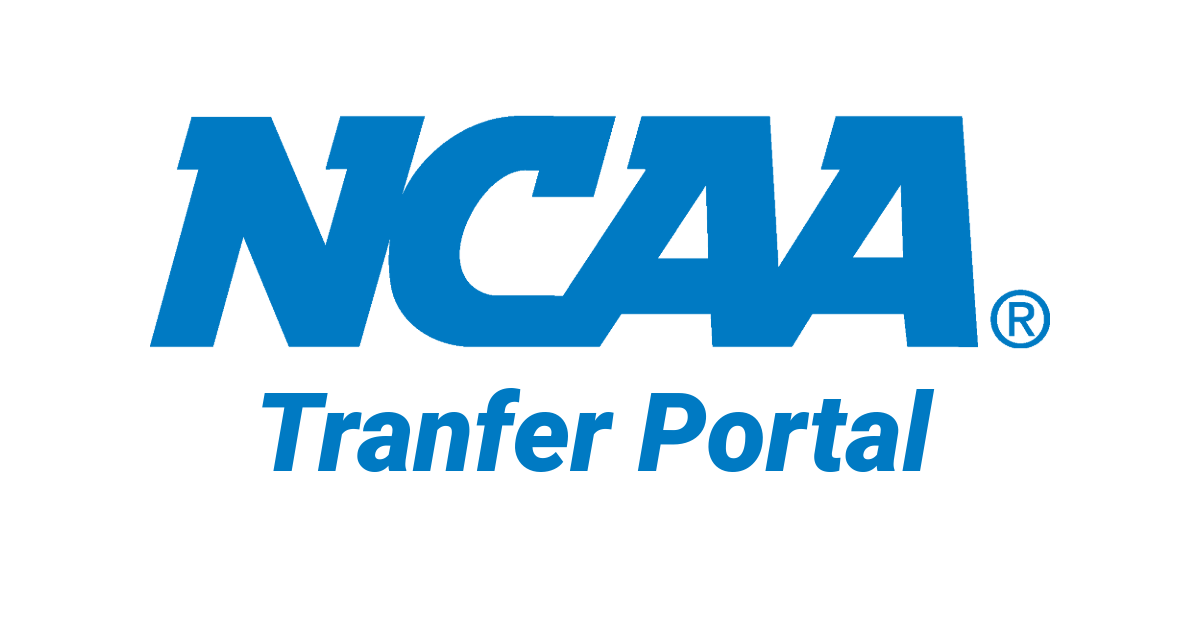The NCAA Transfer Portal has changed college sports forever. What began as a tool for athletes to explore new opportunities has turned into one of the biggest storylines in recruiting, roster management, and college athletics as a whole.
But what exactly is the transfer portal, how does it work, and what does it mean for high school and international recruits looking to earn scholarships? Let’s break it down.
What Is the NCAA Transfer Portal?
The NCAA Transfer Portal is an online database that allows college athletes to officially declare their intention to transfer from one school to another.
When an athlete enters the portal, their name and contact information become visible to coaches from other NCAA schools. This gives other programs permission to contact them directly about potential roster openings and scholarships.
Before the portal existed, athletes had to request permission from their coach or athletic department before speaking with other schools, often making transfers complicated or awkward. Now, the process is far more transparent and athlete-driven.
How the Transfer Portal Works
When a student-athlete decides to explore transfer options, they notify their school’s compliance office. That school then has 48 hours to enter the athlete’s name into the NCAA Transfer Portal.
Once they’re officially in, other coaches can view their profile, which includes:
- Name, sport, and position
- Current school
- Academic standing
- Eligibility information
- Contact details
At that point, the athlete can talk to any interested programs, schedule visits, and decide whether to transfer or stay at their current school.
If they find a new opportunity and are accepted by another institution, they must follow NCAA eligibility and academic rules before competing again.
Why Athletes Enter the Portal
Athletes enter the portal for many reasons, and not always because they’re unhappy. Some of the most common include:
- Playing Time: A player may want a bigger role or a better fit in another system.
- Coaching Changes: A new coach or system can shift opportunities for current players.
- Academic or Personal Reasons: Some athletes move closer to home or look for schools with stronger programs in their field of study.
- Graduate Transfers: Players who finish their degree can transfer and play immediately at a new school while pursuing graduate studies.
The portal has become especially popular for athletes who feel they’re ready to compete at a higher level, for example, moving from Division II to Division I, or who want a fresh start in a new environment.
Transfer Windows and Rules
To maintain competitive balance, the NCAA created transfer portal windows, which are specific periods when athletes can enter their names.
Here’s a general overview (exact dates vary slightly by sport each year):
- Fall Sports (like soccer):
- A 30-day window after championship selections
- A 15-day spring window
- Winter Sports (like basketball):
- A 45-day window starting the day after championship selections
- Spring Sports (like baseball):
- A 45-day window starting in late spring
Athletes can only enter during these official windows unless they qualify for exceptions (like a coaching change or discontinued program).
The Impact on College Recruiting
For high school and international recruits, the transfer portal has changed the landscape significantly.
College coaches are now using part of their recruiting budget and scholarships to sign experienced transfer athletes. This means fewer roster spots may be available for first-year players at some schools, but it also means more opportunities to play alongside experienced teammates and learn from older athletes.
For athletes already in college, the portal has made it easier to find a better fit. Coaches use it daily to identify specific needs, like a striker with NCAA experience or a defender who can start right away, similar to how professional teams manage free agency.
The Portal’s Benefits
The NCAA Transfer Portal was designed to empower athletes and increase fairness in the transfer process. Here are some of its main advantages:
- Transparency: Athletes can see all their options clearly and contact schools directly.
- Freedom of Movement: Players no longer need “permission” to explore opportunities elsewhere.
- Exposure: Coaches at every level can view portal entries, creating new connections and scholarship possibilities.
- Opportunity for Growth: Athletes can find better academic, athletic, or cultural fits.
For many players, entering the portal leads to a second chance, and often a better one.
What It Means for High School Recruits
For high school athletes, the transfer portal means more competition for roster spots at the higher divisions. College coaches now build their teams using a mix of:
- Current players
- Transfer athletes
- Incoming freshmen
That doesn’t mean opportunities are disappearing, it just means recruits must be even more prepared. Coaches are now looking for freshmen who can make an immediate impact.
To stand out, focus on:
- Building a strong highlight video that shows your readiness to compete at the college level.
- Maintaining high grades and test scores for academic eligibility.
- Being proactive with coaches by emailing programs early and keeping them updated.
When coaches trust your consistency and preparation, you’re far more likely to earn one of those coveted scholarship offers.




